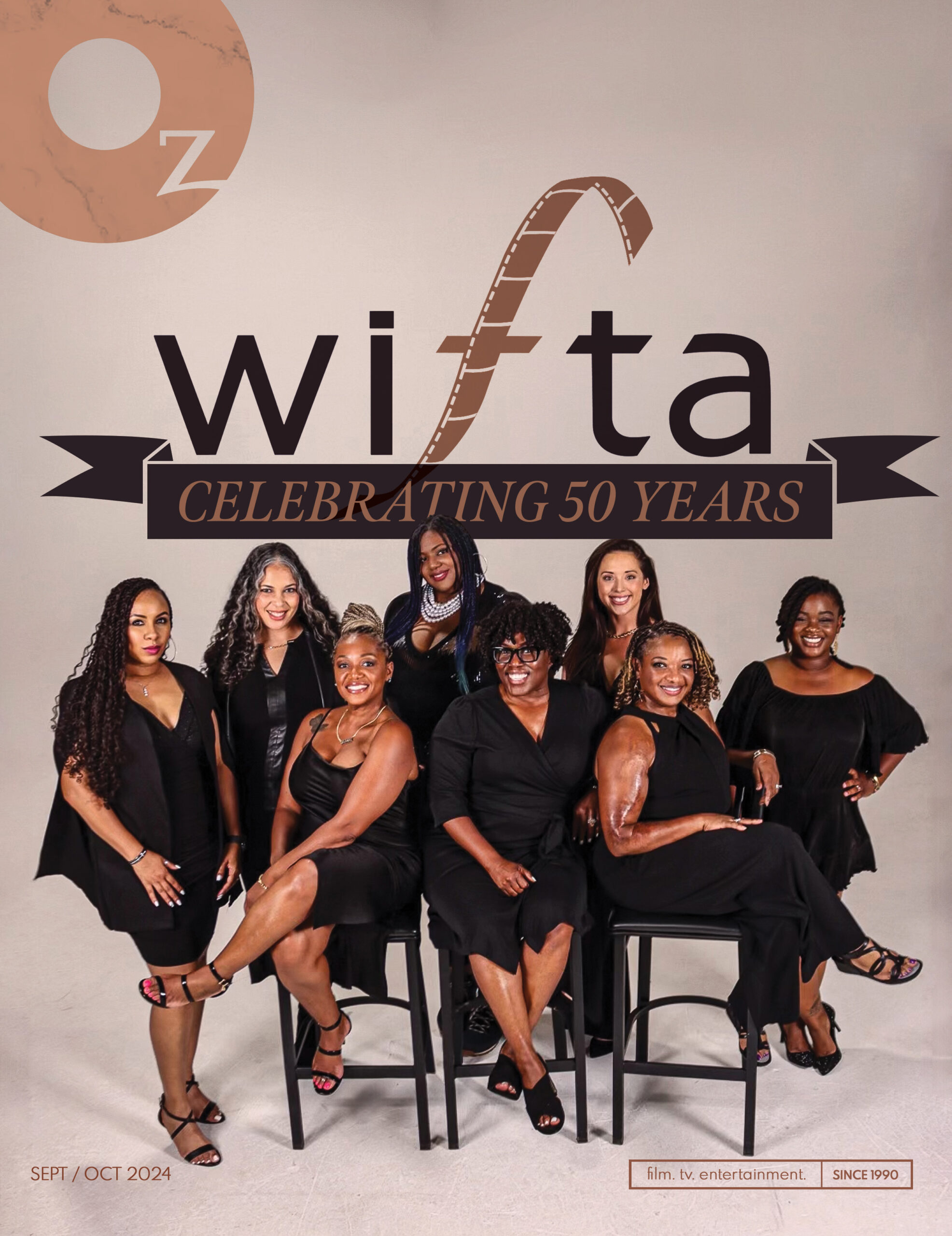H
High Concept: A film aimed at sophisticated, literate audiences.
Hold: Term used on a continuity report that indicates a take should be kept, but not developed. Also clarifying that an actor can contractually work on a Hold day if the schedule changes. Used in commercials to temporarily hold crew for a potential shoot date.
Holding the Roll: Postponing rolling camera and sound, often for a noise issue like an airplane, or to change something on set before it is filmed.
Honeywagon: Term used for a multi-purpose trailer, divided into separate rooms accessed from the outside by stairs. This trailer can include dressing rooms for actors, offices for the AD department, and restrooms for the crew.
Hot Points (Points): Term yelled to alert cast/crew on set to be aware that equipment (like ladders or dolly track) is being moved around on set, and to take special care not to run into the projecting ends of that equipment.
Hot Set: A set that has been shot on and to which the crew will return for additional filming. Nothing should be moved on a hot set, because it could create continuity issues.
Hype: The excitement (often manufactured) surrounding the release of a film or television show.
J
Jibs: The extension of a mechanical crane.
Juicer: A slang term for an electrician.
Jump Cut: An editorial term for a cut to a new scene outside the current sequence of events.
K
Key: An alternate term for the head of any department.
Key Grip: The head of the grip department. Collaborates with the Director of Photography and the Gaffer to light scenes, set up dolly tracks, car rigs, and to provide stable platforms for unique filming locations and methods.
Kickoff: The beginning of production.
L
Last Looks: Phrase that is called on set by the 1st Assistant Director to notify the hair/makeup they have time to make a final inspection of the cast/ background before cameras roll.
Last Man: This phrase is used by production to mark the time that the last crewperson went through the lunch line and sat down to eat, allowing them to set the time when the crew are to be called back in to set (typically 30 minutes after Last Man).
Layout Board: 4’ x 8’ sheet of cardboard taped down to cover floors, wrap around staircases, and/or along walls to protect from damage.
Lead Role: The main character in the film.
Lens: A cylindrical assemblage of round glass lenses on the front of a camera, through which light passes to be recorded onto film or by a digital processor.
Lined Script: Created by the script supervisor, it is a copy of the shooting script.
Location Filming: A real facility that was not built specifically for the film.
Location Sound Mixer: A sound person who records dialogue, ambient sound, room tone, and other auditory needs while filming on location.
Lock Up / Lock it Up / Lock it Down: An order issued by the 1st Assistant Director to their department to secure a set and make sure that everyone is quiet, so that cameras can roll.
Long Shot: A camera
M
Magic Hour: The time just around sunset or sunrise when the color of the sunlight is infused with a golden hue.
Majors: The top Hollywood movie studios and distributors.
Martini: The last setup of the day. Once the director approves a take on the Martini, wrap will be called.
Matte Shot: An old cinematic technique wherein live action footage was combined with a realistic painting of a location that might be unaffordable or impossible to construct in real life.
Medium Shot: Shot taken at a medium distance, usually the waist- up.
Modeler: Prior to computer effects modelers fabricated realistic miniatures to be shot close up, to simulate reality. Modern modelers create their models within computer applications, and those models are animated and intermingled with live action footage.
Montage: A sequence of relevant images used as exposition for a character or an important situation.
MOS: When scenes are filmed without sound recording.
Motion Capture: A technique used in animation wherein real world actors or objects are used to collect realistic movement data, which is then applied to computer models of characters giving them realistic on-screen behavior.
N
Negative Cost: The cost of production after the finished negative.
Negative Cutter: The person responsible for putting together the negatives to create the final version of the film with the approval of the filmmakers.
Negative Print: Opposite positive image. It is the reversed light image.
NG: an abbreviation for “No Good” used in various situations during production.
New Deal: An announcement made by the 1st Assistant Director that the crew will begin working on a new scene or camera shot.
Non-linear Editing: Computer-based editing solution which allows the editor to work on any part of a film for which they have footage.
O


Share this Post




